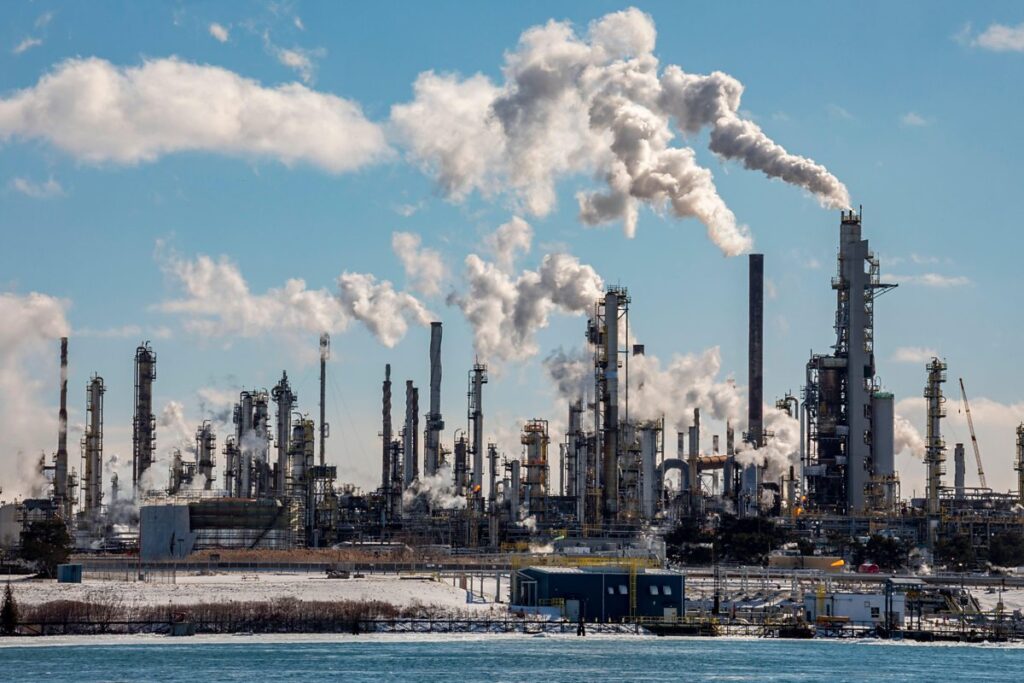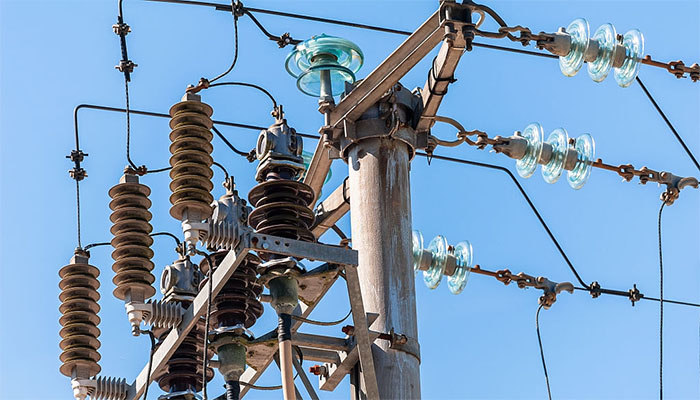
Fossil fuels play a significant role in shaping electricity access in South America. This can be positive or negative. Fossil fuel influence extends to economic, environmental, and infrastructural dimensions. Fossil fuels such as coal and natural gas provide a stable source of energy for urban and industrial areas. They, however, contribute to uneven access, especially in remote areas. Moving from fossil fuels towards renewable energy could help address some of the fossil fuel challenges. These challenges include price volatility, economic dependence, and environmental impacts. Achieving a sustainable energy future requires careful management of economic impacts, infrastructure development, and policy changes. Power line insulators ensure the reliability, safety, and efficiency of power transmission. They serve in both fossil fuel-based electricity systems and renewable energy infrastructure.
Power line insulators are components that serve vital functions in energy transition goals. The insulators ensure the safe and efficient transmission of electricity in traditional fossil fuel-based energy systems. Fossil fuels provide a stable source of energy for urban and industrial areas. The dependence on fossil fuels has made electricity more affordable through subsidies. Transitioning to renewable energy could help address fossil fuel challenges to promote a more inclusive and sustainable energy future. Power line insulators play a crucial role in the transition to a clean, low-carbon energy future. Dive in as we discuss the role of power line insulators in the transition from fossil fuels in South America.
Functions of power line insulators in fossil fuel infrastructure
Power line insulators are components used in fossil fuel-based electricity systems and renewable energy infrastructure. They provide reliability, safety, and efficiency of power transmission. Power line insulators play a role in adapting and expanding grid infrastructure during the transition to renewable energy. Innovation in insulator technology contributes to the development of smarter, more resilient grids. These grids can accommodate a mix of fossil fuels and renewables. The following are the functions of power line insulators in fossil fuel infrastructure and their role in energy transition.

- Traditional fossil fuel infrastructure – power line insulators help to isolate high-voltage conductors from the supporting transmission towers. Insulators ensure the electricity remains contained within the power lines to prevent leakage. They provide stable support under challenging conditions to maintain the integrity of the system.
- Energy transition adaptation – power line insulators play a crucial role in supporting power lines for renewable installations. High-quality power line insulator can withstand environmental challenges like strong winds.
- Enhancing grid reliability and resilience – power line insulators make energy infrastructure more resilient. The power line insulators should be resilient to reduce the risk of power line failures. They help to ensure the energy generated is safely transmitted during integration into local grids.
- Safety in energy infrastructure – power line insulator help protect against accidental contact between power lines and the support structures.
- Technological advances in insulators – polymeric insulators provide better resistance to pollution and are lighter in weight. The reduced weight makes transportation and installation easier, especially in remote areas.
Key actions to reducing carbon emissions from fossil fuels
Fossil fuels are a major contributor of greenhouse gas emissions into the atmosphere. Reducing carbon emissions is essential for mitigating climate change and protecting environmental health. The reduction needs a multi-faceted approach involving systemic changes. This includes energy production, technological innovation, policy reforms, consumer behavior changes, and international collaboration. The following are the key actions to reduce carbon emissions from fossil fuels in South America.

- Expanding renewable energy adoption – investing in solar and wind energy can help develop extensive renewable energy projects. Also, optimizing the performance of existing hydropower plants helps boost renewable energy without expanding fossil fuel use.
- Phasing out fossil fuel subsidies – most South American countries have incentivized fossil fuels. Phasing out these subsidies and redirecting the funds to renewable energy projects helps reduce emissions.
- Carbon pricing and emission trading systems – introducing carbon pricing mechanisms can help incentivize businesses to reduce fossil fuel use. Countries like Chile have introduced carbon taxes on power plants and large industrial polluters. This is to push them to transition to cleaner energy sources.
- Supporting carbon capture – carbon capture and storage technology can help to capture emissions from power plants and industrial facilities. Investing in CSS and developing pilot projects can help limit the impact of emissions.
